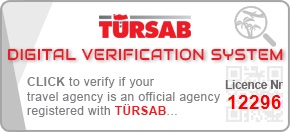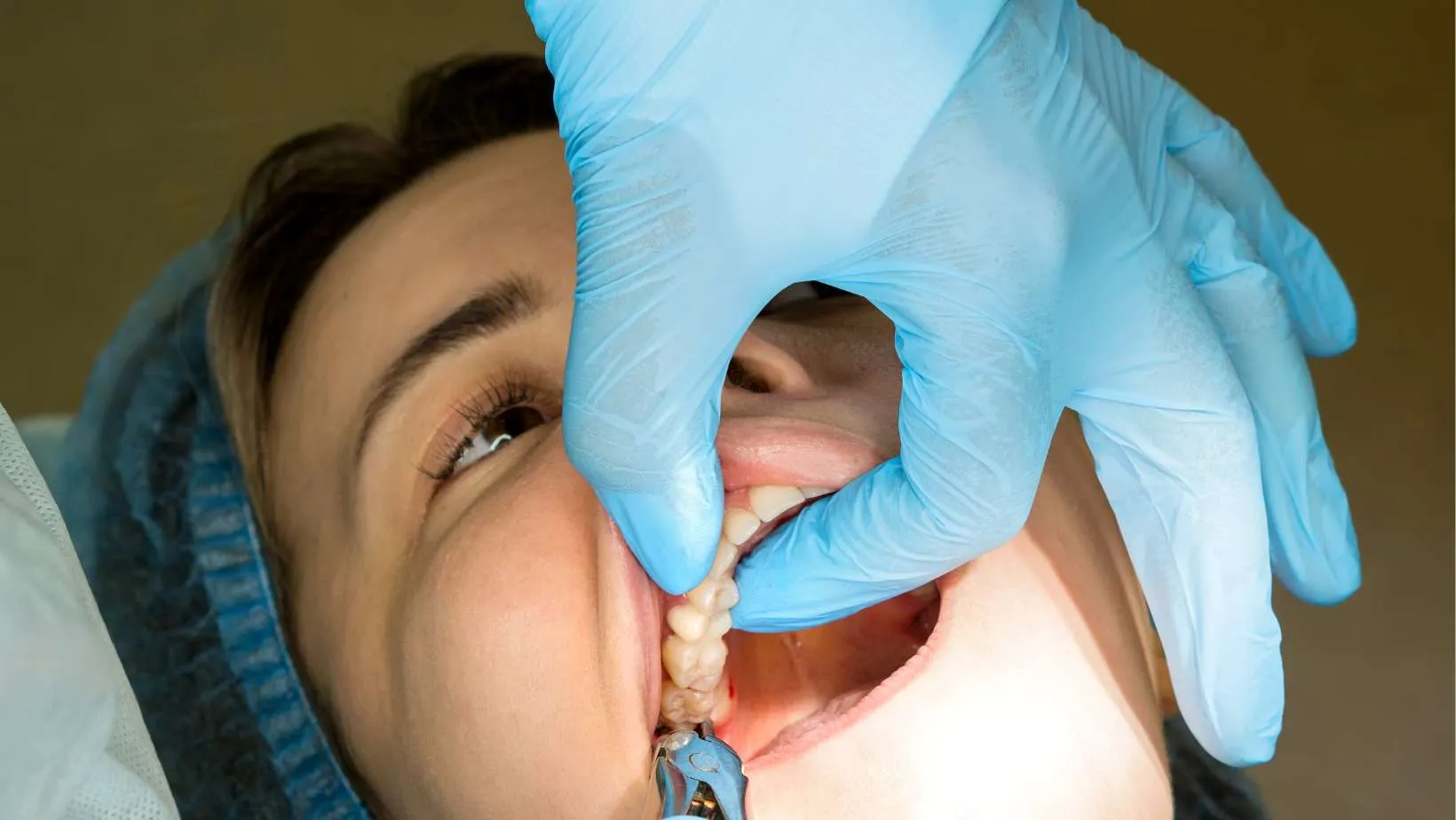Following a tooth extraction, typically required for decay, impaction, or overcrowding, suture management is crucial for healing. A thorough post‑extraction stitch removal guide empowers patients to manage this critical recovery phase effectively and avoid complications. This guide offers detailed information on suture identification, removal procedures, and essential post-operative care.
Table of Contents
Understanding Dental Extractions and Sutures
Dental extractions, while sometimes daunting, are routinely performed procedures designed to safeguard overall oral health. Following the removal of a tooth, the dentist or oral surgeon often places sutures (stitches) to aid in the healing process. These sutures play a vital role in stabilizing the blood clot that forms in the extraction site, protecting the underlying bone, and facilitating the proper closure of the gum tissue.
The Purpose of Stitches in Oral Surgery
Sutures are crucial for several reasons in oral surgery. Primarily, they help close the wound edges, bringing the gum tissue together. This closure not only protects the exposed socket from food debris and bacteria but also significantly reduces the risk of post-operative bleeding. By holding the gum tissue firmly in place, sutures encourage the initial phases of wound healing and the formation of granulation tissue, which is fundamental for healthy recovery. Furthermore, in cases of complex extractions, such as wisdom tooth removal, stitches prevent the accidental dislodgement of the blood clot, a condition known as “dry socket,” which can be exceedingly painful and delay healing. Proper management, including adhering to a strict post‑extraction stitch removal guide, is critical for all these benefits to materialize fully.
Types of Sutures: Dissolvable vs. Non-Dissolvable
There are two primary categories of sutures used in oral surgery, each with distinct characteristics and implications for patient care:
- Dissolvable (Resorbable) Sutures: These sutures are designed to break down and be absorbed by the body over a period, typically ranging from a few days to several weeks. They are commonly made from materials like catgut, chromic gut, or synthetic polymers such as polyglactin (Vicryl) or polydioxanone (PDS). The advantage of dissolvable sutures is that they eliminate the need for a follow-up appointment for removal, making them convenient for both patients and clinicians. However, the exact rate of dissolution can vary based on individual physiological factors and the specific material used. Patients are often advised that while these sutures will disappear on their own, gentle oral hygiene is still essential during their presence.
- Non-Dissolvable (Non-Resorbable) Sutures: Made from materials like silk, nylon, polypropylene (Prolene), or Gore-Tex, these sutures do not break down in the body and require manual removal by a dental professional. Non-dissolvable sutures are often used when stronger wound closure is needed or when a specific healing trajectory is desired. While requiring a follow-up visit, their stability can be beneficial in certain surgical scenarios. The precise timing of their removal is a critical component of the overall post‑extraction stitch removal guide, as leaving them in too long can lead to discomfort or potential complications.
The Essential Post‑Extraction Stitch Removal Guide
Navigating the period after a tooth extraction involves careful attention to oral hygiene and adherence to professional guidance. For those with non-dissolvable sutures, understanding the removal process is a key part of recovery.
When Are Stitches Typically Removed?
The timing of stitch removal is a critical determinant of successful healing and largely depends on the type of suture used and the specific nature of the extraction site. Generally, non-dissolvable sutures are removed within 5 to 10 days post-extraction. This timeframe allows sufficient time for the initial wound healing to occur and for the gum tissue to begin to knit together, while minimizing the risk of the sutures becoming embedded or causing irritation. Your oral surgeon will provide specific instructions tailored to your individual case, taking into account the complexity of the extraction, your overall health, and the speed of your healing process. It is imperative to follow these instructions precisely and to attend your scheduled follow-up appointment.
The Stitch Removal Process: What to Expect
The prospect of stitch removal can induce anxiety in some patients, but it is typically a straightforward and quick procedure. Here’s a detailed breakdown of what you can expect during your appointment, forming a vital part of your post‑extraction stitch removal guide:
- Assessment: The dental professional will first examine the extraction site to ensure it is healing properly and free from infection. They will gently palpate the area and visually inspect the gums and any remaining sutures.
- Anesthesia (if needed): In most cases, local anesthesia is not required for stitch removal, as it is generally not painful. However, if the area is particularly sensitive or if you experience significant discomfort, a topical numbing gel or a small amount of local anesthetic can be administered to ensure your comfort.
- Sterilization: The area around the extraction site will be gently cleaned with an antiseptic solution to minimize the risk of infection during the removal process.
- Removal Technique: Using sterilized dental tweezers and small, sharp scissors, the dentist or oral surgeon will carefully cut each suture close to the gum line. The stitch is then gently pulled out. You might feel a slight tugging sensation, but it should not be painful. The entire process for multiple stitches usually takes only a few minutes.
- Post-Removal Check: After all sutures are removed, the area will be re-examined to confirm complete removal and assess the final state of healing. You may be given further instructions on post-removal care.
Preparing for Your Appointment
Proper preparation can contribute to a smooth and stress-free stitch removal appointment. Adhering to these guidelines will ensure you are ready:
- Maintain Oral Hygiene: Continue with the prescribed oral hygiene regimen, which typically includes gentle brushing around the surgical site and using a prescribed antiseptic mouthwash. A clean mouth helps prevent infection and makes the removal process easier.
- Communicate Discomfort: If you have experienced any unusual pain, swelling, or have noticed any signs of infection (such as pus or persistent bad taste) prior to your appointment, communicate this to your dental professional immediately. This information is crucial for them to assess the healing progress accurately.
- Confirm Appointment: Double-check the date and time of your follow-up appointment. Ensure you have arranged for transportation if you anticipate needing it.
- Ask Questions: Prepare any questions you might have about the healing process, future care, or concerns regarding your oral health. Your dental team is there to provide clarification and reassurance.
Self-Care and Oral Hygiene During Recovery
Effective self-care and meticulous oral hygiene are indispensable during the post-extraction recovery period, especially while sutures are in place and immediately after their removal. These practices are critical for preventing complications and ensuring the longevity of your oral health.
Maintaining Oral Cleanliness with Stitches
While stitches are present, maintaining oral cleanliness requires a gentle yet diligent approach. Aggressive brushing or rinsing can dislodge the blood clot or damage the healing tissue. Your dentist will typically advise:
- Gentle Brushing: Brush your teeth normally, but avoid directly brushing the extraction site for the first few days. Use a soft-bristled toothbrush and light pressure. Once the initial healing has begun, you can gently brush the area around the sutures to remove food debris.
- Saltwater Rinses: Warm salt water rinses (1/2 teaspoon of salt in 8 ounces of warm water) are highly recommended. Rinse gently two to three times a day, especially after meals, to keep the area clean and reduce inflammation. Do not swish vigorously, but rather let the water gently flow over the site.
- Prescribed Mouthwash: If an antiseptic mouthwash has been prescribed, use it as directed. These often contain chlorhexidine, which effectively kills bacteria and aids in preventing infection.
- Avoid Smoking and Alcohol: Both smoking and alcohol consumption can significantly impede the healing process and increase the risk of complications, including dry socket and infection. It is strongly advised to abstain from these substances throughout the healing period.
Dietary Considerations and Activities to Avoid
Your diet and daily activities play a significant role in successful post-extraction recovery. Proper adherence to these guidelines will minimize stress on the healing site:
- Soft Diet: For the first few days, stick to soft foods that do not require much chewing. Examples include soups, yogurt, mashed potatoes, smoothies, and soft-cooked pasta. Gradually reintroduce solid foods as comfort allows.
- Avoid Hot Liquids and Hard Foods: Extremely hot liquids can irritate the wound, while hard, crunchy, or sticky foods can dislodge the blood clot or get trapped in the extraction site, potentially causing infection.
- No Straws: Avoid using straws, as the sucking motion can create negative pressure in the mouth, potentially dislodging the blood clot and leading to a painful dry socket.
- Rest and Limit Strenuous Activity: Physical activity can increase blood pressure, which might lead to renewed bleeding at the extraction site. Rest is crucial, especially in the first 24-48 hours. Gradually return to normal activities as advised by your dental professional.
Recognizing Signs of Complications
While most extractions heal without incident, it is important to be aware of potential complications. Prompt recognition and communication with your dental professional are vital. Seek immediate attention if you experience:
- Excessive Bleeding: Some oozing is normal, but persistent heavy bleeding that does not subside with pressure indicates a problem.
- Severe or Worsening Pain: Pain that increases in intensity, especially after the initial pain medication wears off, could signal a complication like a dry socket or infection. Severe pain unresponsive to prescribed painkillers warrants immediate consultation.
- Signs of Infection: These include pus discharge from the site, persistent bad taste or odor, fever, and significant swelling that continues to increase after the first 2-3 days.
- Difficulty Swallowing or Breathing: While rare, these symptoms could indicate a more serious infection or allergic reaction.
- Numbness: Prolonged numbness lasting more than 24 hours could indicate nerve damage, though this is uncommon.
Medical Research: Optimizing Oral Wound Healing
Recent scientific research consistently emphasizes the critical importance of proper suture selection and timely removal for optimizing wound healing and preventing post-operative complications in oral surgery. Studies, such as those focusing on clinical outcomes of various suture materials, highlight that non-resorbable sutures, while providing robust wound closure, necessitate careful and timely removal to avert local inflammation, bacterial colonization, or foreign body reactions. Conversely, resorbable sutures, while offering convenience, demonstrate varying degradation rates and associated tissue responses. This body of research unequivocally underpins the precise methodologies outlined in a comprehensive post‑extraction stitch removal guide to ensure patient safety, promote swift and uneventful recovery, and improve overall surgical outcomes. Effective Post-Implant Care: Daily Oral-Rehab for All-on-6 Success, for example, shares similar principles of meticulous post-operative management for long-term oral health.
Comparing Dental Care Costs: Turkey vs. United Kingdom
International patients, particularly those from the United Kingdom, often explore dental treatment options abroad due to significant cost disparities and sometimes shorter waiting times. Turkey has emerged as a leading destination for high-quality, affordable dental care, including complex procedures and routine treatments. The difference in pricing can be substantial, allowing patients to access premium services without the prohibitive costs often encountered in their home countries. This comparative advantage extends to all aspects of dental treatment, from initial consultation to crucial follow-up care like stitch removal, which, while minor, is part of the overall treatment cost.
| Service/Item | Turkey Price (GBP) | United Kingdom Price (GBP) |
|---|---|---|
| Tooth Extraction (Simple) | £80 – £150 | £80 – £250 |
| Wisdom Tooth Extraction | £200 – £450 | £300 – £800 |
| Dental Implant (Single) | £500 – £800 | £2,000 – £3,500 |
| Dental Crown (Porcelain) | £150 – £300 | £600 – £1,200 |
| Full Arch Implants (All-on-4) | £3,500 – £6,000 | £12,000 – £25,000 |
*Prices are estimates and can vary based on clinic, materials, and specific patient needs.
CK Health Turkey: Your Partner for Dental Excellence
At CK Health Turkey, we understand the concerns and expectations of international patients seeking top-tier medical and dental care. Our commitment to excellence is reflected in our state-of-the-art facilities, use of advanced dental technologies, and a team of highly experienced and internationally accredited dental specialists. We prioritize patient safety, comfort, and exceptional outcomes, making us a preferred choice for individuals traveling from the UK and beyond. From routine dental check-ups to complex oral surgeries, we offer comprehensive treatment plans tailored to your specific needs, all while providing significant cost savings without compromising on quality.
Our patient-centric approach ensures a seamless experience, from your initial consultation to your final follow-up. We provide detailed pre-operative instructions, comprehensive post-operative care guidance, and dedicated support for every step of your journey. Whether you require a routine check-up, intricate implantology, or specialized procedures like Crown Sensitivity Relief: Solutions Explored, CK Health Turkey stands as a beacon of trust and quality. We ensure that every aspect of your treatment, including crucial follow-up procedures such as stitch removal, is handled with the utmost professionalism and care. Our goal is not just to treat, but to empower you with the knowledge and support needed for lasting oral health. Gastric Sleeve: Long-Term Satisfaction Explored, another of our popular services, also highlights our dedication to comprehensive patient satisfaction and long-term results.
We invite you to experience the CK Health Turkey difference. Contact us today to learn more about our services, schedule a virtual consultation, or plan your journey towards superior dental health. Our team is ready to assist you in achieving the smile you deserve with world-class care.
FAQs
How soon after extraction are stitches removed?
Non-dissolvable stitches are typically removed within 5 to 10 days post-extraction. Your dentist will advise on the exact timing based on your individual healing process and the complexity of the extraction.
Is stitch removal painful?
No, stitch removal is generally not painful. You might feel a slight tugging sensation, but it is a quick and straightforward procedure that usually does not require anesthesia.
What should I do if my stitches fall out prematurely?
If you notice your stitches have fallen out earlier than expected, contact your dental professional immediately. They will assess the extraction site to ensure proper healing and advise if any further action is needed.
Can I eat normally after stitches are removed?
After stitches are removed, you can gradually return to your normal diet, but continue to avoid very hard, crunchy, or sticky foods for a few more days. Listen to your body and introduce foods as comfort allows.
How do I care for the extraction site after stitch removal?
Continue with gentle oral hygiene, including soft brushing and warm saltwater rinses, as advised by your dentist. Avoid strenuous activities and follow any specific instructions provided for post-removal care to support final healing.
What are the signs of infection after stitch removal?
Signs of infection include increased pain, swelling that worsens, pus discharge, persistent bad taste, fever, or red streaks extending from the extraction site. Contact your dental professional immediately if you observe any of these symptoms.
Are there any restrictions after stitches are removed?
While most major restrictions ease after stitch removal, it’s prudent to avoid strenuous physical activity for a few more days. Continue to refrain from smoking and alcohol, as these can impede healing.
Can I brush over the extraction site after stitches are removed?
Yes, you should begin to gently brush the extraction site with a soft-bristled toothbrush after the stitches are removed. This helps keep the area clean and promotes good oral hygiene.



